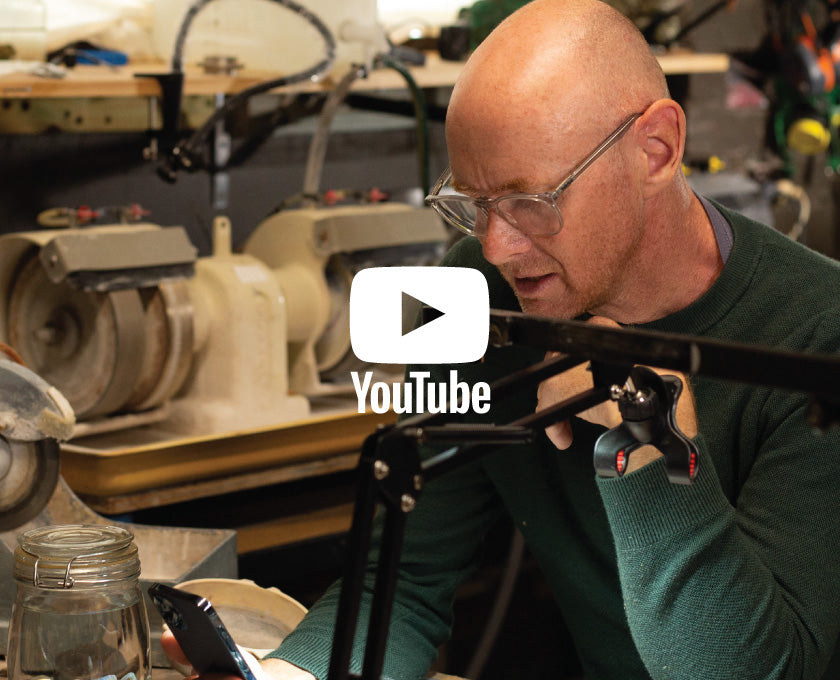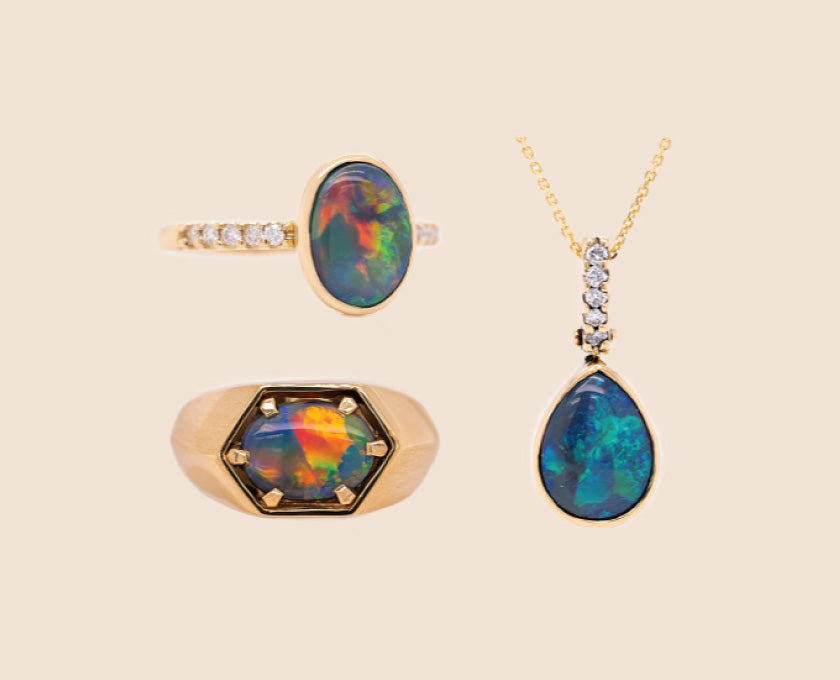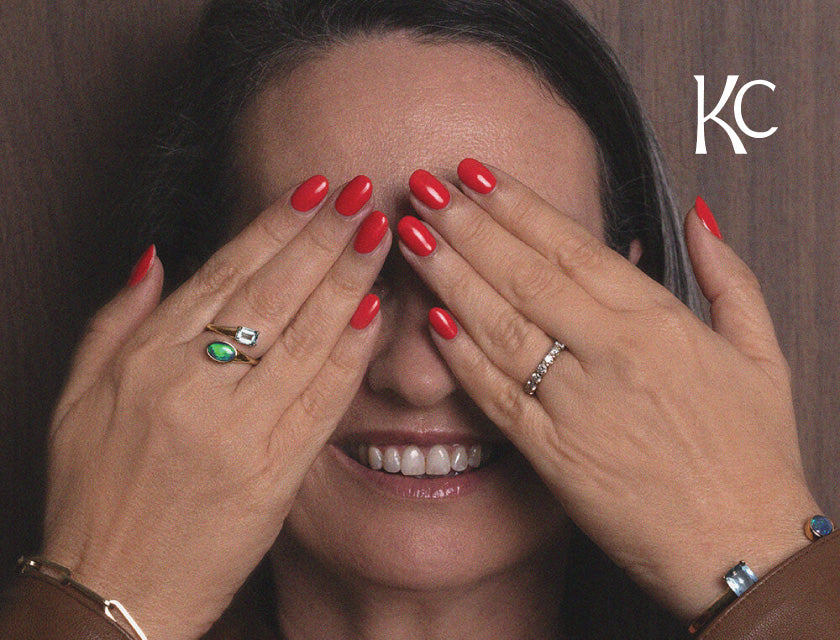Opal Care
To care for your opal is to honour the story it carries—formed in an ancient inland sea, shaped by time and the extremes of the outback. Australian opal is a hydrated silica crafted by nature, layer by luminous layer.
It’s the most durable opal in the world, measuring 6.5 on the Mohs scale—built tough, as we like to say, to withstand the rugged landscape it comes from. But while it carries a quiet strength, it’s still a precious gemstone. Tough by nature, precious by design, your opal will stay luminous for generations with just a little mindful care.
When your opal isn’t being worn, a little care in how you store it can make all the difference. Opals should always have their own space—avoid keeping them with other gemstones or jewelry that could scratch their surface. Store your opal in a soft-lined jewelry box or a dedicated silky pouch, ideally with a felt or fabric lining. Giving your opal a cushioned, protected spot will help maintain its polish and prevent any accidental damage from harder stones or sharp edges.
If your opal has lost a little of its dazzle, here’s how to gently bring back the sparkle. Use a soft jeweler’s cloth to buff the surface or give it a gentle wash in warm, soapy water. No harsh chemicals or scrubbing needed—just a little care for a lot of natural shine. Think of it as a simple beauty ritual for a lifetime of earthly glow. Looking to clean your opal jewelry? Click here.
Yes, it can! Solid opals are made from hydrated silica, which naturally contains water molecules—so exposure to moisture won’t harm them. In fact, washing your solid opal in tepid (body temperature) water is perfectly safe. That said, it’s best to remove your opal before handling food, cleaning products, or any harsh chemicals to keep it looking its best.
Doublets and triplets are composite opals—thin layers of precious opal bonded to a darker backing like potch, plastic, or glass, often with a domed top layer. These layers are joined using adhesive, which can be vulnerable to water over time. Prolonged or repeated exposure to water may weaken the glue, causing the layers to separate or creating a cloudy, irreversible appearance. To be safe, it’s best to avoid water when wearing doublet or triplet opals.

Opal Myths Busted!
Opal myths have a way of sticking—especially when they’re repeated again and again. Over the years, we've received countless questions about opal’s strength: Can it get wet? Will soap ruin it? It's time to set the record straight and put your mind at ease. Let’s bust some myths and give opal the credit it deserves.



